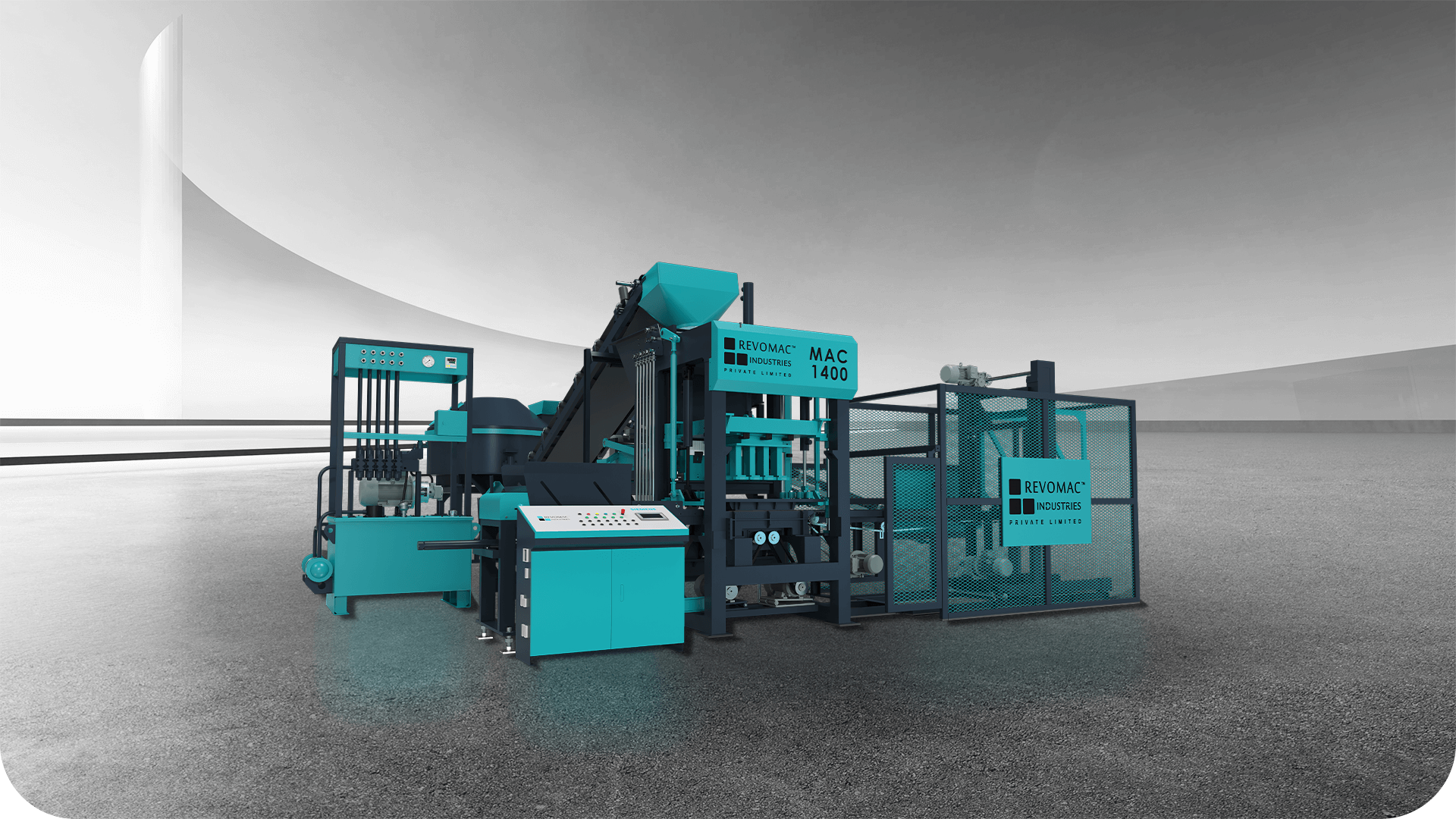 Skip to content
Skip to content

Brick-making technology has advanced significantly, resulting in efficient, cost-effective, and environmentally friendly methods of producing a variety of concrete and brick products. Two primary technologies have emerged prominently in this field: Vibro Compaction Technology and Hydraulic Pressure-Based Technology. Both these technologies cater to different market needs, materials, and production scales, offering unique advantages to entrepreneurs and industrialists.
Vibro Compaction Technology machines are specifically designed for manufacturing diverse concrete products such as cement bricks, concrete pavers, solid blocks, hollow blocks, road curbs, interlocking bricks, cobblestones, and retaining blocks. This versatility makes these machines an attractive investment for entrepreneurs aiming to diversify their product offerings and respond swiftly to market demands.
The core strength of Vibro Compaction Technology lies in its precise combination of vibration and pressure. This dual-action approach ensures optimal compaction, producing exceptionally strong concrete products with minimal cement usage. The efficiency of this technology not only enhances product quality but also contributes to significant cost savings, making the process economically sustainable.
Products manufactured through Vibro Compaction Technology can achieve remarkable strength, reaching up to 50 Newtons. This high strength rating means products like interlocking bricks and solid blocks can endure significant stress, making them suitable for heavy-duty construction applications, including roads, pavements, and structural retaining walls.
Financially, Vibro Compaction machines represent a substantial investment, with original machinery prices ranging from 3.5 million to 120 million rupees. This broad price range reflects various factors, including the machine’s production capacity, automation levels, and additional features. Entrepreneurs seeking to enter a high-demand market or scale up production will find these machines highly beneficial despite the initial capital outlay.
Hydraulic Pressure-Based Technology is distinctly different, primarily tailored to the production of bricks from powdered materials such as fly ash, sludge lime, and gypsum. This method is particularly advantageous for entrepreneurs focusing on sustainable manufacturing practices, utilizing waste materials like fly ash, which significantly reduces environmental impact.
The essence of Hydraulic Pressure-Based Technology is the application of substantial pressure to compress raw materials into robust, durable bricks. Machines utilizing this technology typically have a tonnage capacity ranging between 40 to 200 tons, depending on the specific model and its intended application. This high-pressure mechanism is critical for ensuring the consistency and structural integrity of bricks, especially when employing high volumes of fly ash.
One of the primary attractions of Hydraulic Pressure-Based Technology is its lower entry cost compared to Vibro Compaction machines. Entrepreneurs with budget constraints or those targeting niche markets will find this technology accessible, as project costs typically range from 1 million to 5 million rupees. Despite the lower investment, the resulting fly ash bricks are highly sought after in sustainable building projects due to their environmental benefits and strength.
The market implications for both technologies are significant, with Vibro Compaction Technology suitable for high-volume, diverse product lines, and Hydraulic Pressure-Based Technology aligning perfectly with sustainable construction practices. Entrepreneurs considering either technology must evaluate their market strategies, customer needs, and long-term business goals.
Environmentally, both technologies offer substantial benefits. Vibro Compaction Technology reduces cement usage, significantly lowering CO2 emissions associated with cement production. Hydraulic Pressure-Based Technology repurposes waste materials, promoting circular economy principles and drastically reducing landfill use.
Both technologies offer significant advantages depending on the entrepreneur’s objectives and market focus. Vibro Compaction Technology excels in versatility, enabling the production of a wide array of concrete products. This capability is ideal for businesses looking to offer comprehensive solutions to the construction industry. Moreover, the technology’s efficiency in using minimal cement content without compromising product strength makes it both cost-effective and environmentally friendly.
Conversely, Hydraulic Pressure-Based Technology is optimal for specialized production, particularly in environmentally conscious markets that emphasize sustainability. By transforming waste materials such as fly ash into valuable construction bricks, businesses can leverage environmental benefits to attract clients and comply with sustainable building standards.
Ultimately, the choice between Vibro Compaction and Hydraulic Pressure-Based Technologies depends on specific business needs, financial considerations, and environmental objectives. Each technology presents compelling advantages, making brick production not only more efficient and cost-effective but also significantly more sustainable. Entrepreneurs equipped with a clear understanding of these technologies can successfully harness their potential to drive business growth and support environmental stewardship.